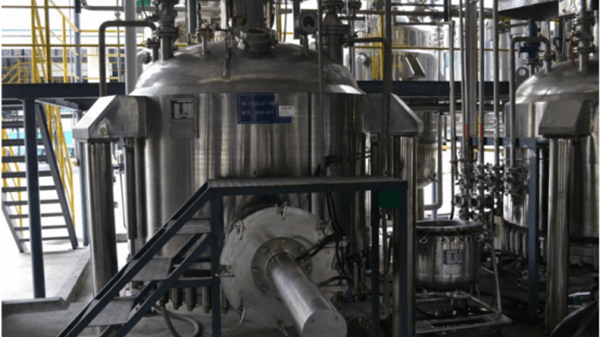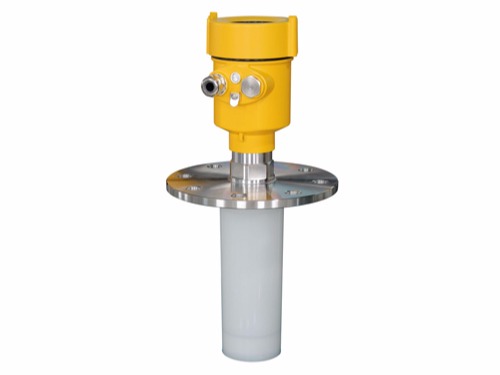Radar level meter is widely used in the industrial field of liquid level measurement instruments, its principle is to use the reflection of radar waves to measure the liquid level height of the medium. In the chemical industry, a radar level meter is often used to measure the liquid level in a diazotization reactor.

A diazotization reactor is a kind of equipment used to synthesize chemical raw materials, in this reaction process, the chemical raw material enters the reactor, and after a series of chemical reactions, the target product is generated.
In this process, it is very important for the operator to know the liquid level height in the reaction kettle timely and accurate. Therefore, the use of a radar level meter to measure the liquid level of the diazotization reaction kettle has great advantages. First of all, the diazotization reactor is characterized by a violent reaction process and harsh operating conditions.
During the reaction process, temperature, pressure, and other parameters often change, which will bring great difficulty to the liquid level measurement. Radar level meter has strong adaptability, and can work normally in high temperature, high pressure, and corrosive media environment, to ensure accurate and reliable measurement.
Secondly, the measurement difficulty of the diazotization reactor lies in the complexity of the medium and the structural characteristics of the reactor.
There may be multiphase flow, gas-liquid interface, and waves in this kettle, which will interfere with the propagation and reflection of radar waves and lead to measurement errors.
In addition, due to the closed structure of the diazotization reactor, the radar level meter has to transmit and receive wave signals through the wall of the equipment, and it needs to overcome the problems such as the limitation of the installation position of the sensor and the influence of the reflection of the kettle wall.

In order to better understand the application of a radar level meter in a diazotization reactor, take an actual measurement case as an example. The diazotization reactor in a chemical plant needs to measure its liquid level to ensure the accuracy and safety of the operation.
In this case, due to the existence of wave phenomenon in the kettle, the traditional liquid-level measurement instruments can not meet the demand. Therefore, it was decided to use a radar level meter to solve the problem. In the design program, the first step is to select the appropriate radar level meter model.
Considering the high temperature and corrosive medium of the diazotization reaction kettle, the radar level meter with high temperature and corrosion resistance is selected.
Secondly, according to the characteristics of the medium in the kettle, the angle of the transmitting and receiving rays of the radar level meter is adjusted to minimize the influence of waves on the level measurement.
Finally, according to the structure of the kettle, choose the appropriate installation position to ensure that the radar level meter can work properly and obtain accurate measurement results.
In the actual measurement, the radar level meter successfully meets the liquid level measurement needs of the diazotization reactor. It not only solves the problem of wave interference, which cannot be measured by traditional instruments but also accurately displays the liquid level height in the reactor.
This provides important reference information for the operators, enabling them to make adjustments and control according to the actual situation and ensure the normal operation of the reactor.

Radar level meter has significant advantages in the level measurement of diazotization reaction kettle, although there are certain difficulties in the case of harsh operating conditions and complex media, through reasonable design and adjustment, these problems can be overcome and obtain accurate and reliable measurement results.
